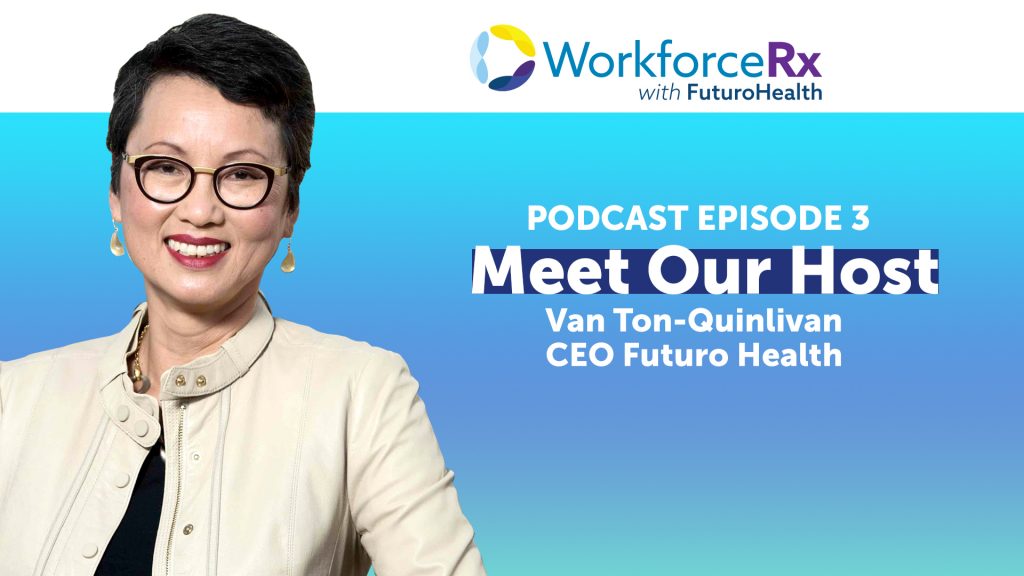
Meet Our Host

PODCAST OVERVIEW
Transcript
Van Ton-Quinlivan: You know, in 1975 my family escaped from the Vietnam War and we immigrated to Hawaii. Growing up there, one thing I recognized was that education really opened the doors to opportunity for me in some very critical ways when I was able to not only access that opportunity, but also thrive in that opportunity. And I just really want to be doing the work to pay it forward so that others can have access to jobs and careers that make a difference not only to themselves, but their loved ones.
I was actually appointed by Governor Brown of California to be vice chancellor and then executive vice chancellor of the California Community Colleges System. This system is the largest higher education system in the country, serving over two million students, and I drove the workforce mission of the system. Interestingly enough, I started there when funding for workforce was cut, sometimes as severely as in half. It was placed into flex, which meant that the dollars didn’t necessarily even have to go to workforce programs. So we went from that situation where we had roughly 100 million in funds for workforce programs, and then over my two terms under Governor Brown, we were able to bring workforce from an afterthought to really recognizing it as a policy priority, going from 100 million to two hundred million to 700 million and then to over a billion dollars in public investment by the time I left.
But it was not just the money alone. What’s really important in public policy is that there is alignment between the monies, the metrics and the data. So, we did work in all three areas in order to grow public investments. We restructured how the money flowed, what we measured as outcomes for workforce programs, and then the data — we provided tools to all our education institutions, as well as the public at large, to know how these programs were doing and how the monies were invested. And so it was the combination of aligning money and metrics and data that built the confidence of California to invest in workforce programs, specifically career technical education programs that helped students land successfully into employment.
I’m really grateful for this gift, which is the opportunity to continue pushing the envelope on workforce development, but also to work collectively with all the partners out there to create social mobility and economic mobility for more in our communities. You know, in all my years of workforce development the thing that I love best is hearing the stories straight from the mouths of students when they talk about the difference it has made in their life or the difference that it has made with their family to be able to pursue this education, and to pursue the education at a moment in time that would have been very difficult. Those are the things that make me jump out of bed in the morning. That’s worth the hard work that we do, blocking and tackling these issues.
